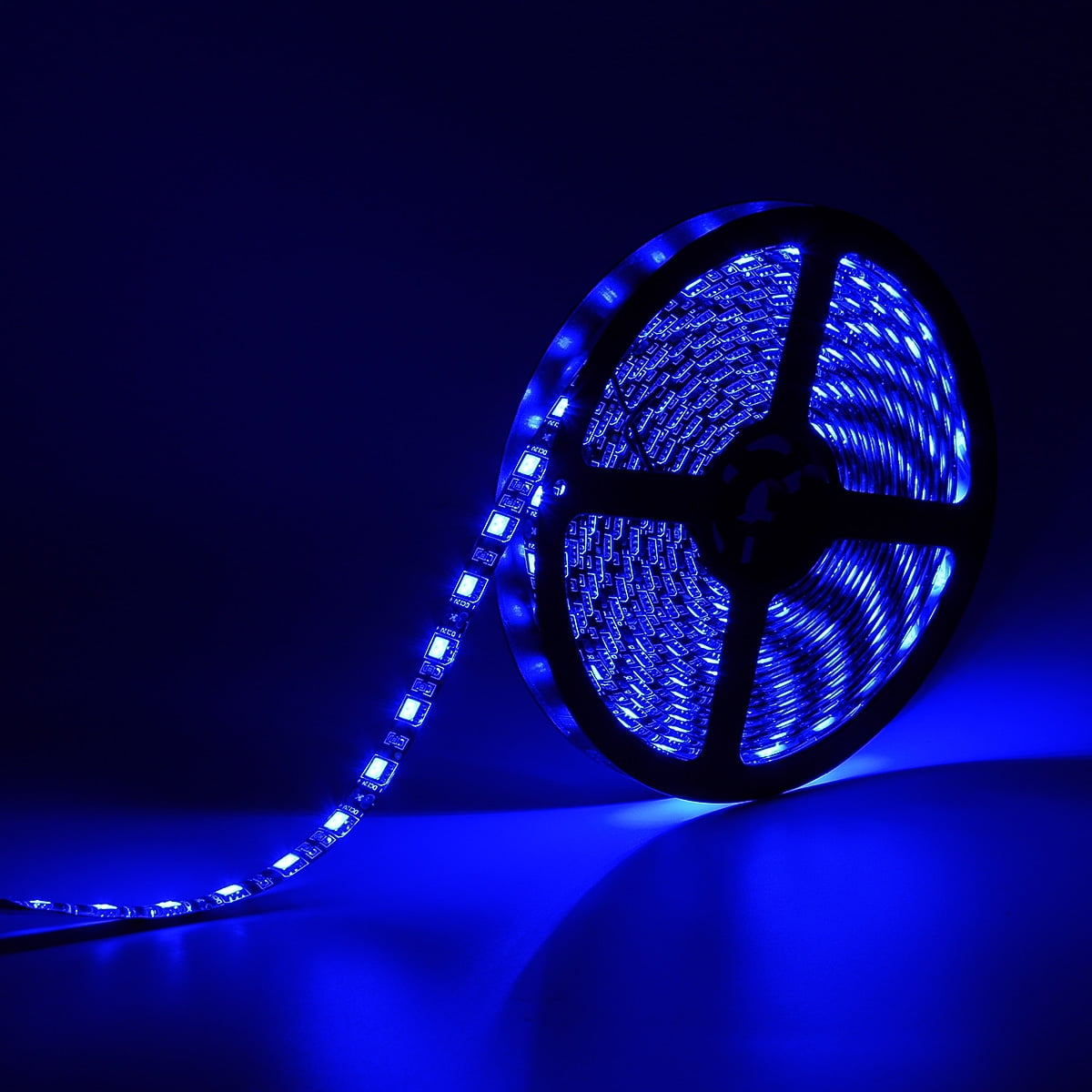
CFL and HID lamps have been known to cause damage to shades, carpets, painted surfaces, and more due to UV emissions. Health Canada recommends that people keep a distance of 30 cm or more from any light source.Īn additional concern with UV output is color degradation. While not emitting a significant amount of UV, some people who are very sensitive to UV may be affected by the amount of UV produced by CFLs. CFL lamps, already a worry for their mercury content, are being studied for the UV they put out. Fortunately, most artificial light sources do not emit enough UV for this to be a real concern.
BLACK LIGHT LIGHT BULBS SKIN
We all know that exposure to UV radiation leads to sunburn, and in extreme scenarios can lead to eye problems, skin cancer, weakening of the immune system, and more. This is due to the phosphors within an LED lamp that convert the Ultraviolet light to white light.

That said, the amount of UV they actually emit is even less. However studies have shown that standard LEDs do create a small amount of UV. Some in the lighting business have stated that LEDs do not produce UV radiation.

A fixture or bulb peaking at around 365nm will cover the entire black light spectrum. Most black light LED sources are in the 385-400nm range, though a little lower is considered the sweet spot for creating the optimal black light effect. LED’s can be designed to produce light of any wavelength. Do LED light bulbs emit UV? How viable are LED black lights? Are there LED tanning bed lights? With the rise in popularity of LED bulbs, many questions are asked as to how the cutting-edge technology will fare in certain applications.īlack light technology is a cinch for LED.


 0 kommentar(er)
0 kommentar(er)
